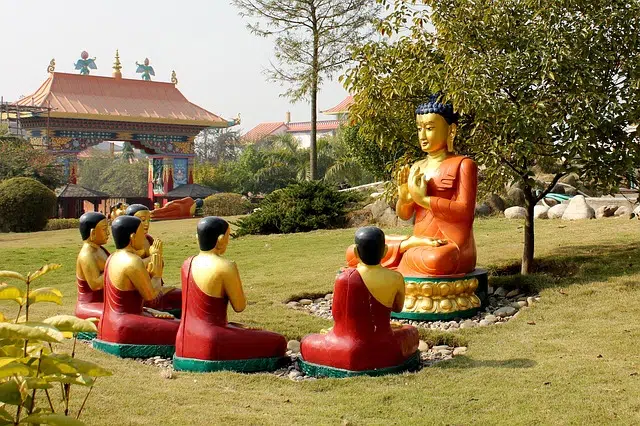
In Christianity, the twelve apostles chosen by Jesus are referred to as his disciples.
Disciple is a term that has its origins in a Latin word and that serves to refer to an individual who follows a certain doctrine.
For a disciple (or follower) to exist, there must be a teacher (or leader ). The teacher instills in his disciple a certain doctrine , line of thought or artistic style, trying to guide him in his growth. This teaching can be done directly : talking to him and correcting him when his actions contradict the principles of the doctrine; or indirectly : through his works (a disciple of Goya can be someone who was born in another era who tries to follow in his footsteps, emulating his creative style).
A student or apprentice
In colloquial speech, this concept is also often used as a synonym for apprentice , student or student .
For example: «The French artist is considered one of the main disciples of Gerhard Richter» , «The sculptor is always responsible for highlighting that he does not have any disciple since, according to him, no one managed to capture the essence of his work» , « I present to you my disciple: he is the best student in my literary workshop .
As we said before, a disciple can be linked to a certain current or school even if he lives in times later than those lived by the teacher. In that sense it is understood that Albert Camus was a disciple of Friedrich Nietzsche , and even that he had many non-contemporary disciples.

Buddha was a spiritual leader who had many disciples.
The disciples of Jesus Christ
The disciples of Jesus Christ were the twelve apostles chosen by Jesus himself to help him preach his word and spread his religious ideas.
These first disciples not only accompanied him during his life but remained by his side, carrying out his commands, after Jesus died. Among them there were two who were the ones who, as recorded in the gospels, had the closest relationship with Jesus; Their names were Juan and Pedro. The remaining ten were Simon, Andrew, James, Philip, Bartholomew, Thomas, Matthew, Thaddeus, Simon the Canaanite, and Judas Iscariot.
When Jesus ascended, the disciples formed a select group of followers who continued to spread what they had learned from their teacher. They all lived together and were known, and thus they passed down to posterity, as the " First Christian Community ."
The first community
The fundamental basis of this community was charity. All goods were shared just as food and harvest were shared. They were like a big family where there were no hierarchies and where everyone tried to do their part so that the others were well . The fundamental motto was to work together for the common good while serving Christ, spreading his word throughout the region. It is worth mentioning that this first community also had the presence of Mary (the mother of Jesus) and Mary Magdalene.
This first community was an example of life in society, which many religious and non-religious ideologies have tried to match. A similar case is that of the Kibuts in Jewish communities: where unity and the common good were the main support of these groups. As a non-religious case we can name communism , which tried to be based on those same principles, but in this case, the experiment did not have positive results.
Despite what the gospels narrate, there are many doubts as to whether this life as described in them was really possible, taking into account the ambitious and selfish nature of human nature.
The disciples beyond the twelve apostles
Currently, the concept of disciples of Jesus has been expanded to include all Christians, because they have in common with those apostles the following of Christ and the dissemination of his gospel .
It is important to keep in mind that many other religious or spiritual leaders, such as Muhammad , Buddha or Confucius , have also had or have disciples since they are considered teachers or guides.
